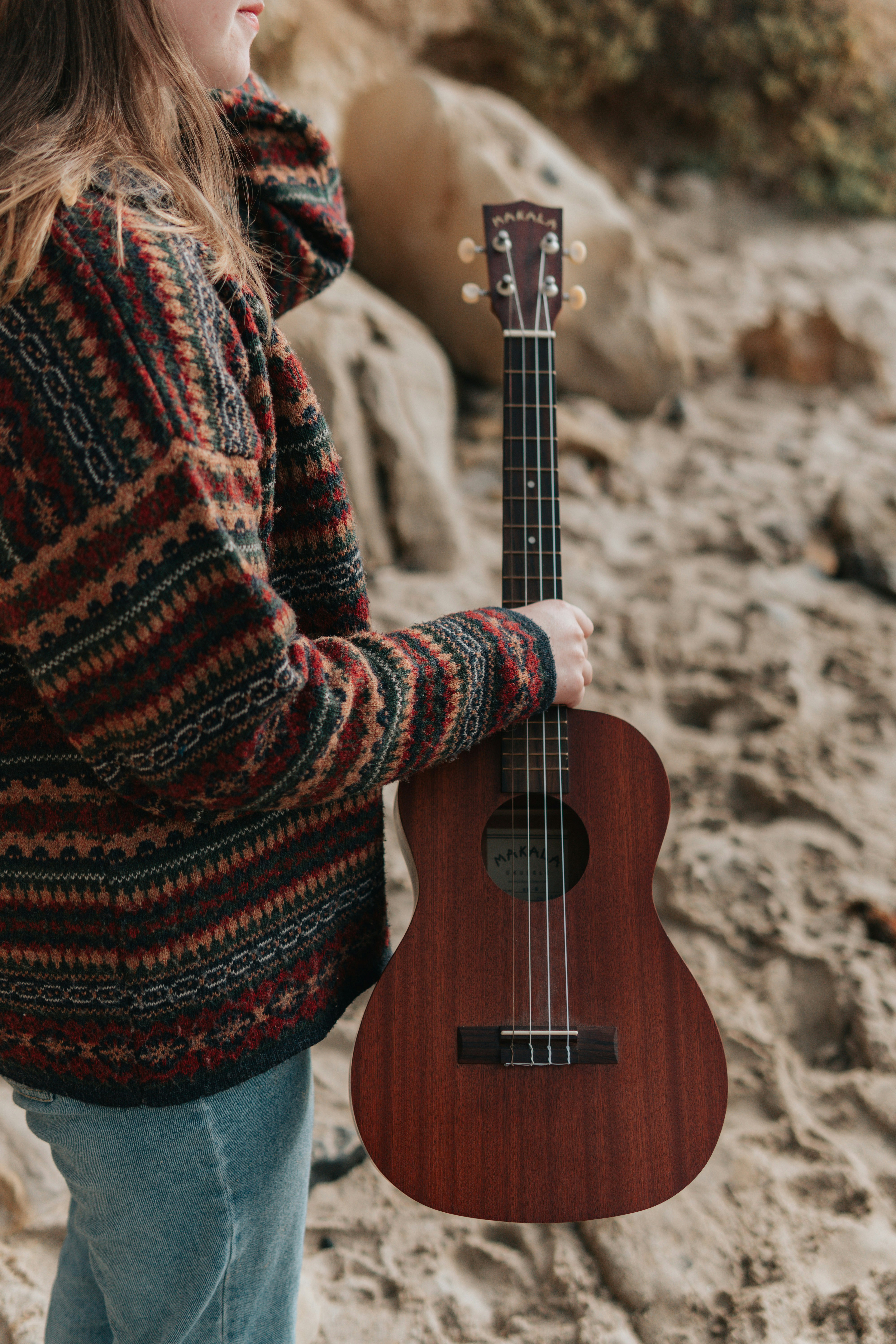
The ukulele (/?ju?k?'le?li/YOO-k?- LAY-lee; from Hawaiian: ?ukulele ['?uku'l?l?], around OO-koo-LEH-leh) is an individual from the lute group of instruments. It for the most part utilizes four nylon strings.
The ukulele is a little guitar-like instrument, which was acquainted with Hawaii by Portuguese settlers from Madeira. It acquired extraordinary ubiquity somewhere else in the United States during the mid twentieth century and from that point spread universally.
The tone and volume of the instrument shift with size and development. Ukuleles normally come in four sizes: soprano, show, tenor, and baritone.
Canada
During the 1960s, instructor J. Chalmers Doane drastically changed school music programs across Canada, utilizing the ukulele as a modest and functional instructing instrument to cultivate melodic education in the classroom.50,000 schoolchildren and grown-ups learned ukulele through the Doane program at its pinnacle. "Ukulele in the Classroom", an overhauled program made by James Hill and Doane in 2008 is a staple of music schooling in Canada. You can add ukulele in rundown of things with benefits.
Japan
The ukulele showed up in Japan in 1929 after Hawaiian-conceived Yukihiko Haida got back to the country upon his dad's passing and presented the instrument. Haida and his sibling Katsuhiko shaped the Moana Glee Club, getting a charge out of quick achievement in a climate of developing excitement for Western famous music, especially Hawaiian and jazz. During World War II, specialists restricted most Western music, yet fans and players kept quiet, and it continued ubiquity after the conflict. In 1959, Haida established the Nihon Ukulele Association. Today, Japan is viewed as a second home for Hawaiian performers and ukulele virtuosos.